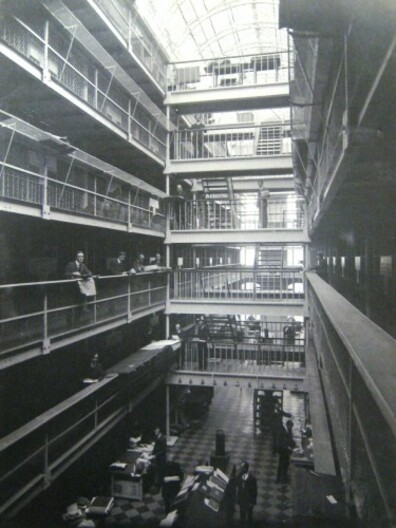Support from readers like you keeps The Journal open.
You are visiting us because we have something you value. Independent, unbiased news that tells the truth. Advertising revenue goes some way to support our mission, but this year it has not been enough.
If you've seen value in our reporting, please contribute what you can, so we can continue to produce accurate and meaningful journalism. For everyone who needs it.











![This is a unique image because it shows what the medieval Irish chancery rolls looked like before they were destroyed. The jagged edge at the top of the image is where one membrane of sheepskin (parchment) was stitched to the next and rolled up to create a chancery roll. The original is in Latin. In translation it reads: “Memorandum that all the rolls of the Irish chancery with writs, inquisitions, bills and all memoranda touching the said chancery from the time of master Thomas Cantok, formerly chancellor of Ireland [appointed chancellor on 28 October 1291], up to the twenty-eighth year of the reign of Edward I [1299–1300] were burned by accident in the abbey of St Mary near Dublin in the great fire in that abbey, except two rolls of the twenty-eighth year, one of writs patent and the other of writs close.”](https://c0.thejournal.ie/media/2012/05/5.-Facsimile-of-patent-roll-dating-to-1309-2-145x145.jpg)













have your say